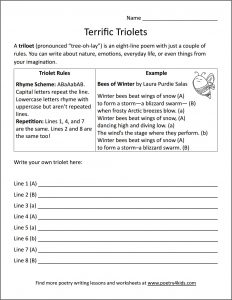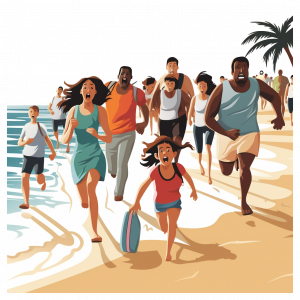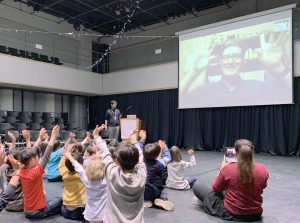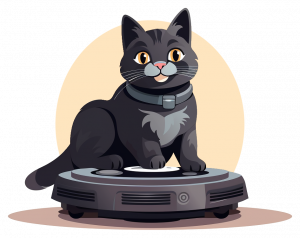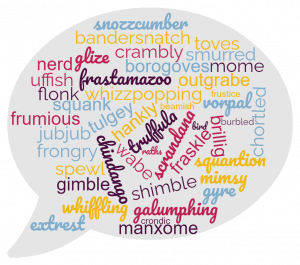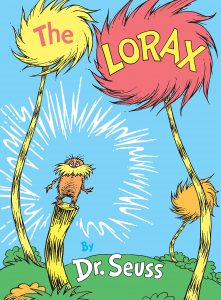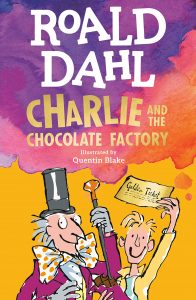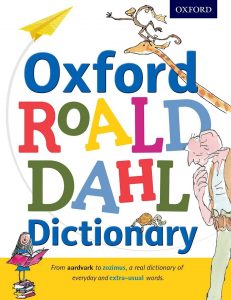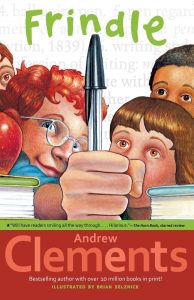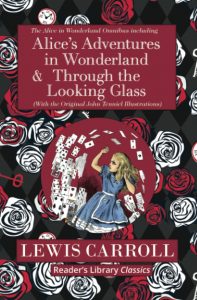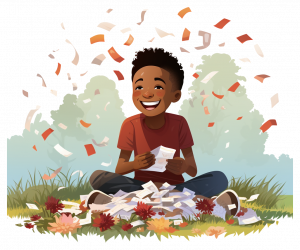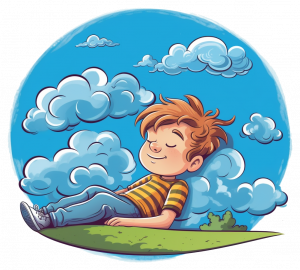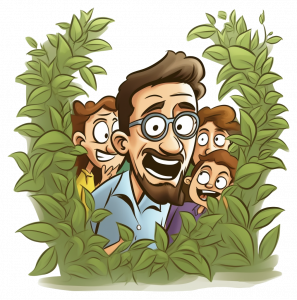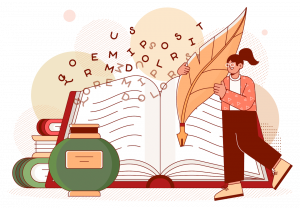
Have you ever wanted to try your hand at a type of poem with a unique pattern? Let’s dive into the magical world of the triolet (pronounced “tree-oh-lay”). The triolet is a short and fun poem that comes with its very own set of rules. Let’s explore how to write one!
What is a Triolet?
A triolet is an 8-line poem that has a specific rhyme scheme and repeats some of its lines.
It is a cool type of poem was invented in France a long, long time ago (way back in the 13th century!). Its name sort of sounds like “triple,” which makes sense because the poem repeats its first line three times.
People in France loved using the triolet for songs and short poems. Later on, this style of poem traveled to England, where famous poets like Robert Bridges and Thomas Hardy played with its fun pattern. They liked how it was short, but still had a special rhythm and repeating lines.
So, the triolet is a poem that’s been loved by many for hundreds of years, all because of its neat style!
The Rules
Like all poetic forms, triolets have their own set of rules. The most important rules
- Rhyme Scheme: The triolet follows this rhyme pattern: ABaAabAB. The capital letters mean those lines are repeated. The lower case letters mean those lines rhyme with the upper case ones, but aren’t repeated lines. If you aren’t familiar with rhyme schemes, this lesson plan explains them.
- Repetition: Lines 1, 4, and 7 are the same. Lines 2 and 8 are the same too!
- Line Length: While there’s no strict rule for how long each line should be, it’s good to keep them similar in length. You can count the number of syllables or the number of feet to make sure your lines are the same length.
- Rhythm: Just like the line length, triolets don’t have to have a certain rhythm. However, it’s best if all your lines have the same rhythm as one another.
Here’s an example triolet by the poet Laura Purdie Salas:
Bees of Winter
Winter bees beat wings of snow (A)
to form a storm—a blizzard swarm— (B)
when frosty Arctic breezes blow. (a)
Winter bees beat wings of snow, (A)
dancing high and diving low. (a)
The wind’s the stage where they perform. (b)
Winter bees beat wings of snow (A)
to form a storm–a blizzard swarm. (B)—Copyright © Laura Purdie Salas. All Rights Reserved
See? Lines 1, 4, and 7 are identical, as are lines 2 and 8! In other words, the (A) and (B) lines are repeated. You’ll also notice that the (a) lines rhyme with the (A) lines, and the (b) line rhyme with the (B) lines. And, if you count them, you’ll see that all the lines in this poem are about the same length, each having seven or eight syllables.
Tips for Ideas
- Nature: Just like our sample poem about bees in winter, nature can inspire countless poems. Think about the sun, rain, trees, or animals.
- Emotions: How do you feel today? Happy, sad, excited, or maybe curious? Write about it!
- Everyday Life: Something as simple as your breakfast, a game you played, or a chat with a friend can become a great poem.
- Dreams & Fantasies: Dragons, mermaids, spaceships – let your imagination run wild!
Everyone, even the greatest poets, started with their first poem. Don’t worry if your triolet isn’t perfect on the first try. What’s important is to have fun and express yourself. Remember, poetry is a way to play with words, and there’s no right or wrong. So, grab a pen and paper, and let your creative spirit shine!
Worksheet
- Sensory Poetry Lesson Plan: Bringing Poems to Life Through the Five Senses - July 17, 2024
- The Power of Rhythm: How Poetic Meter Enhances Memory and Recall - July 10, 2024
- I Went to the Doctor - May 15, 2024

